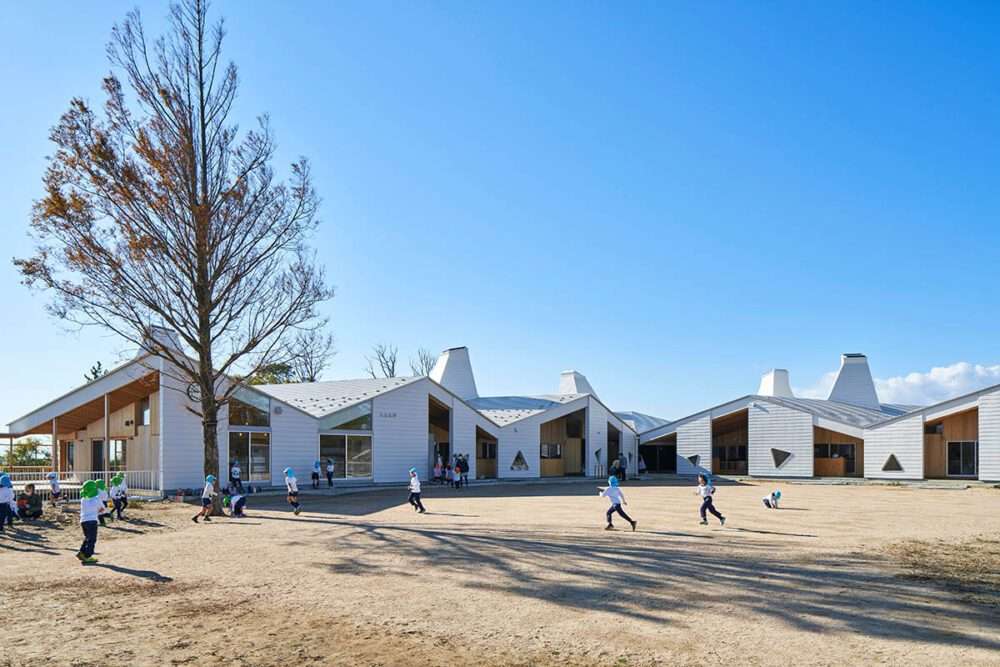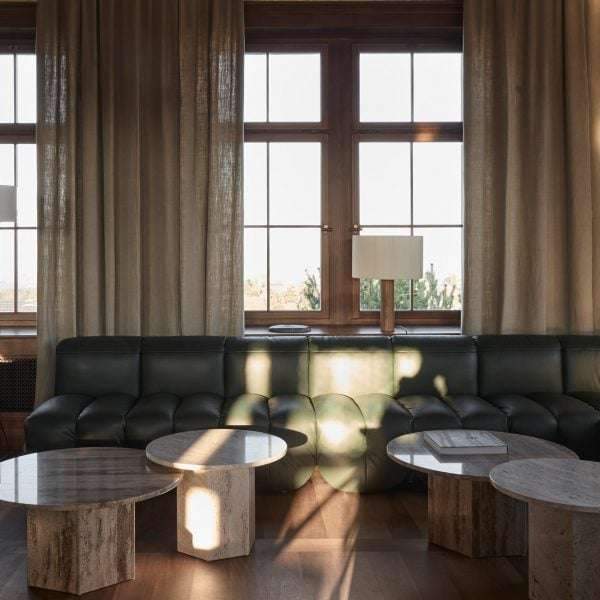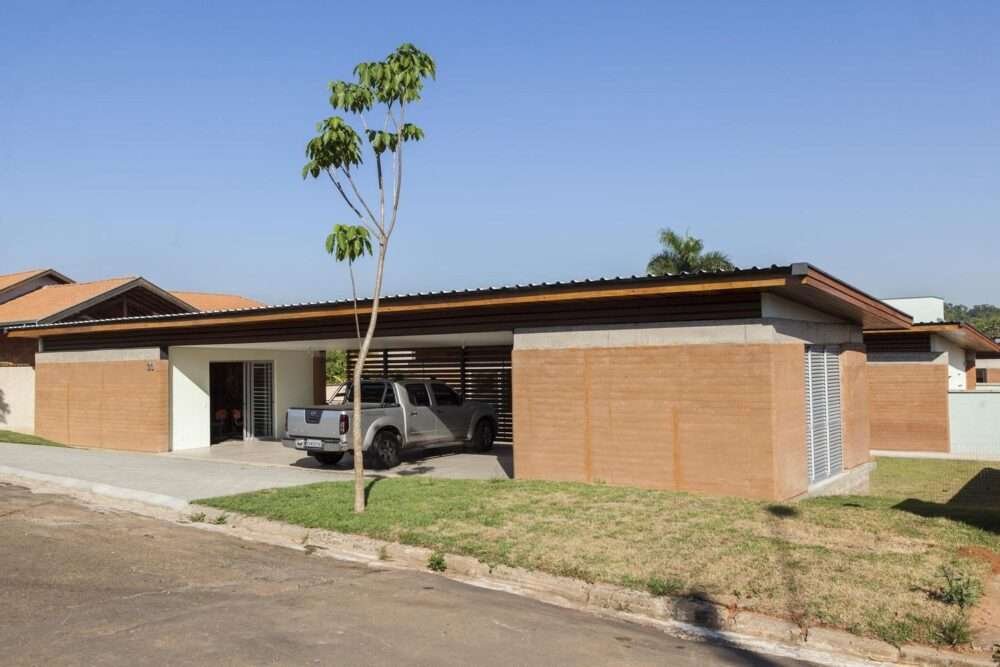How to deal with building envelopes in regions with harsh climate,
Thermal insulation determines the degree of energy efficiency of buildings.
Rarely do we see a completed building, even in technical drawings,
and the insulating layer appears in it as a thin opening.
But it is an element of vital importance, as it acts as a barrier to the flow of heat,
impeding the exchange of energy between indoors and outdoors,
and reduces the amount of heat escaping in winter and heat energy entering in summer.
As the building has good thermal insulation, it needs the least mechanical means and energy waste to keep the house at an appropriate temperature,
which also reduces carbon emissions.
Currently, there are many countries that require a minimum level of thermal insulation for buildings,
with increasingly stringent standards.
According to the US Environmental Protection Agency (EPA),
rising average global temperatures are associated with large-scale changes in weather patterns.
Scientific studies indicate that extreme weather events, such as heat waves and major storms,
are likely to become more frequent or more severe with human-caused climate change.

But what does this have to do with architecture?
The construction industry accounts for nearly 40% of carbon dioxide emissions,
and a large portion of this, specifically 28%, is in the operation of buildings,
which also use 36% of the planet’s total energy demand.
And according to 2020 data from the Global State of Buildings and Construction Report,
this is where thermal insulation becomes important.
Heat gain or loss occurs by convection, conduction and radiation and will inevitably occur,
but it is the designer’s duty to manage how quickly heat is lost or gained.
This can be controlled through the use of appropriate building materials and techniques to create and maintain an airtight building envelope incorporating high levels of insulation.
Overall, 40% of a building’s heat is transferred through the roof, up to 25% through walls and up to 15% through the floor.

Working as much as possible using passive comfort strategies,
depending on where the project is located, will be the best starting point for a greener building.
Buildings in hot climates generally rely on natural ventilation and materials with high thermal inertia (such as bricks or stones),
How to deal with building envelopes in regions with harsh climate
which retain heat from the outside for longer, keeping the inside cooler.
In colder climates, materials with low thermal inertia, such as wood,
ensure spaces are heated up more quickly when necessary.
Either way, insulation is critical to managing heat flows and protecting occupants from outside weather, whether hot or cold.
To measure the required values for each situation, there are some concepts that must be learned,
where the R value indicates the efficiency of the insulating material, which ranges between 1 and 60,
and the higher the resistance to heat transfer between the materials, the higher the R value.

As for the value of U, it is the global heat transfer coefficient and it can be found by taking the inverse of the value of R,
It is a property that describes how well building elements conduct heat per unit area via a temperature gradient.
Currently, the main insulating products on the market are glass wool, rock wool,
cellulose and polyurethane foam.
Each of these options has different qualities and traits that can determine your choice of material for a particular site,
but there are also others, such as expanded polystyrene, antenna, cork, straw, fungus, and hemp.
A common characteristic of the aforementioned is that it is light and capable of trapping a large amount of air.






